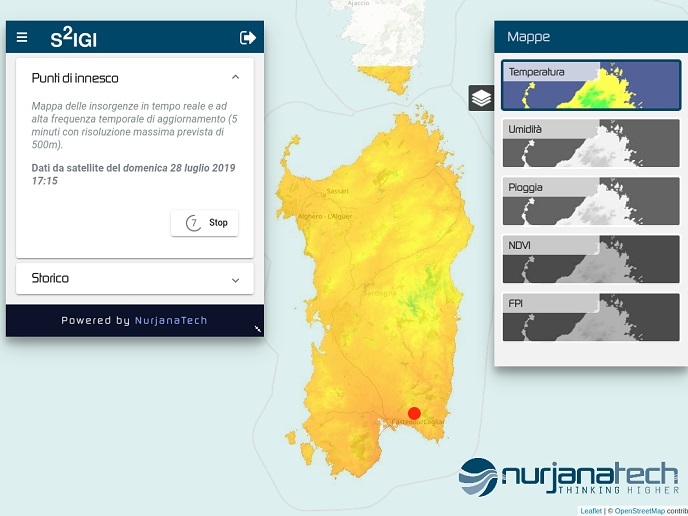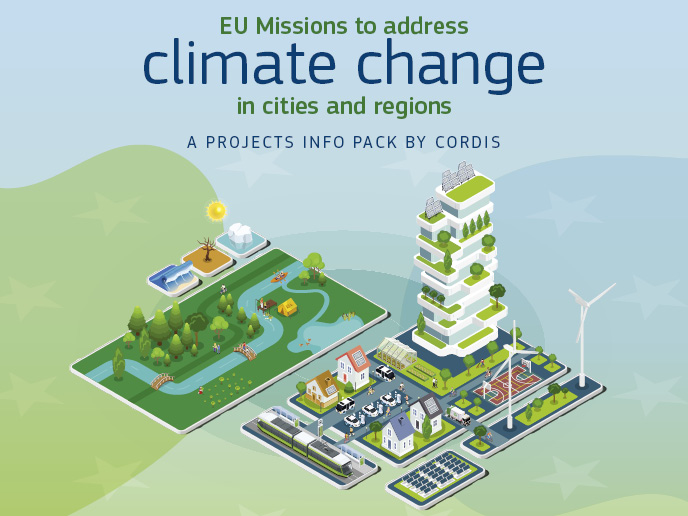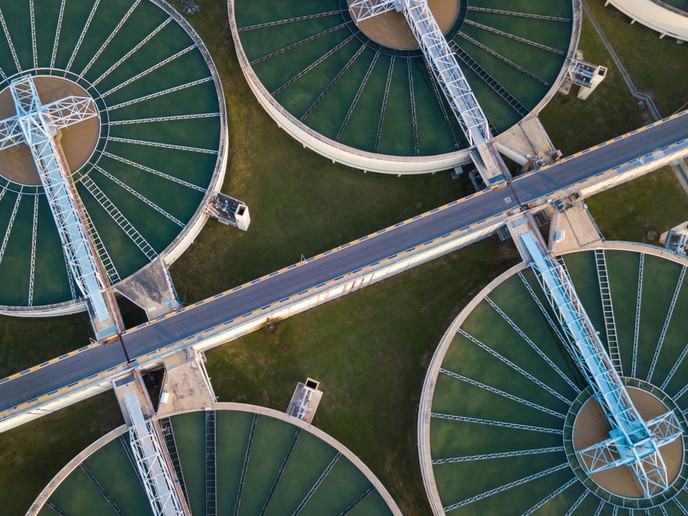New tools increase renovated housing stock
Europe’s unique and highly varied building stock reflects the continent’s history and cultural diversity. But it is also old and is only replenished slowly, with more than 40 % of Europe’s residential buildings constructed prior to 1960 and around 90 % before 1990. Additionally, energy consumption for most of these older residential buildings is too high and no longer meets the necessary levels required in these times of climate protection. This poses a major challenge for the EU because residential buildings are responsible for about one third of its CO2 emissions. The EU-funded ENCORE project offers a solution by increasing the number of renovated buildings, both within and outside Europe, using data modelling to map the entire life cycle of a renovation. Stakeholders can then work together and apply the results to improve energy efficiency within buildings.
Collaboration is key
Daniel Obreiter and Sebastian Scholze from the coordinating ATB Institute for Applied System Technology in Bremen, Germany, lead a consortium of 11 European partners who are developing a system that will make renovations much more efficient and cost-effective. “ENCORE is made up of experts in 3D modelling, artificial intelligence (AI), image recognition and energy efficiency,” Scholze explains. “We are creating an AI-based building information modelling (BIM) solution that is specifically suited for renovations, whereas currently available BIM systems are primarily focused on new buildings,” he continues. “This involves a system of services that collect data from buildings. Tenants are then provided with mobile tools that allow them to capture and display images of the interior spaces.” Drones are used to help measure and model older buildings. With appropriate support, architects and designers can create 3D models from the internal and external data and then complete their model with current BIM software or adapt it to show the energy efficiency benefits of different renovation options. According to Scholze: “The LiDAR (light detection and ranging) sensors play an important role for the three-dimensional recording of the premises, but photos can also be evaluated. The generated ‘digital twins’ of the premises are then linked with further information to simulate different utilisation scenarios.” Another goal of the project is to allow all those involved to communicate via a uniform platform. For example, the craftsmen commissioned can use the web-based platform to see in detail what needs to be done. “Demonstrators of the first components of the BIM system are already in use, including data collection by drone,” notes Obreiter.
Economic and social benefits
By making the entire renovation process more agile and transparent, ENCORE will benefit both the construction and software industries. Furthermore, the costs of the renovation process will be drastically reduced, making it more affordable to property owners and boosting the rate of renovation for the building stock. The project will therefore support the renovation industry and increase the share of renovated building stock in Europe and worldwide by providing effective and affordable BIM tools that cover the entire renovation lifecycle. Building renovations can also play a crucial role in European economic recovery after the COVID-19 pandemic. “ENCORE will improve knowledge sharing, as well as offering new and better products and services that address customer needs. The project will also increase the competitiveness of European renovation companies in the global market,” Obreiter concludes.
Keywords
ENCORE, building stock, renovation, AI, BIM, LiDAR, online platform







